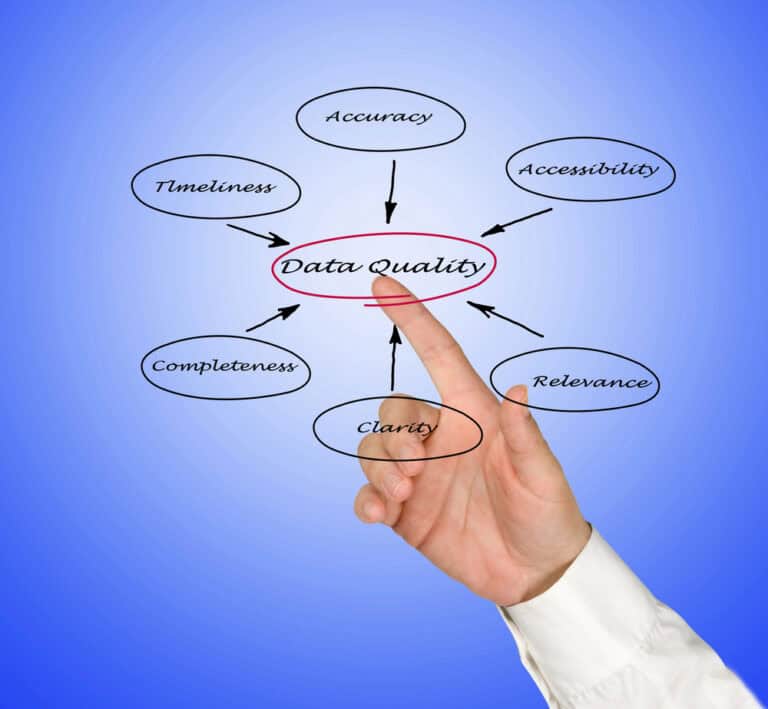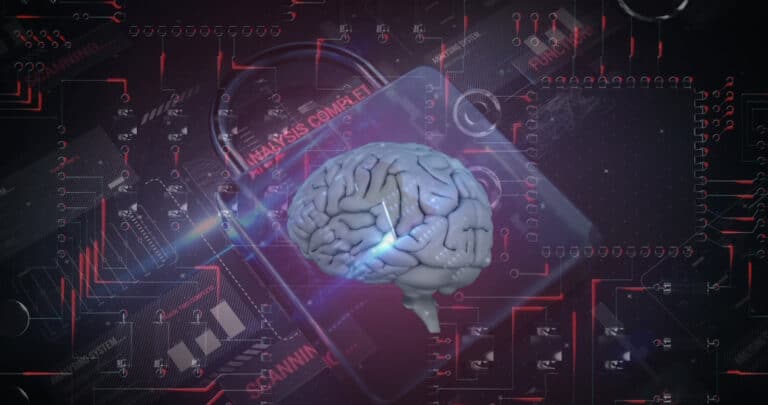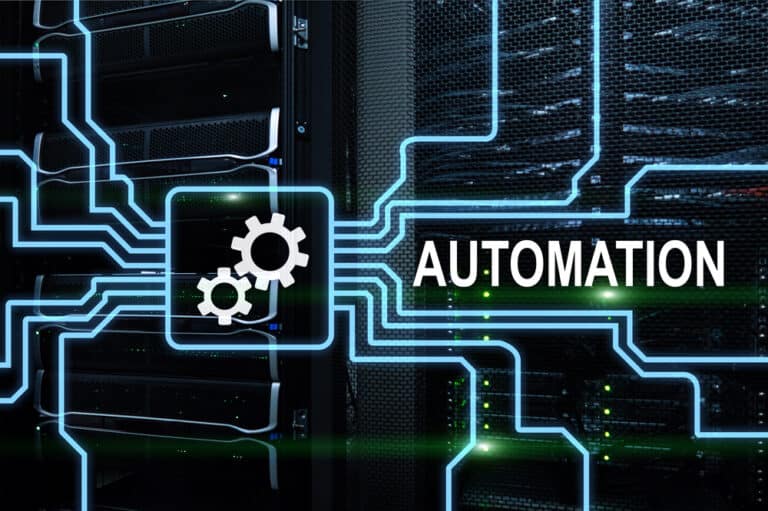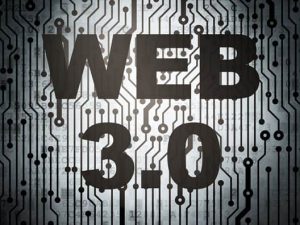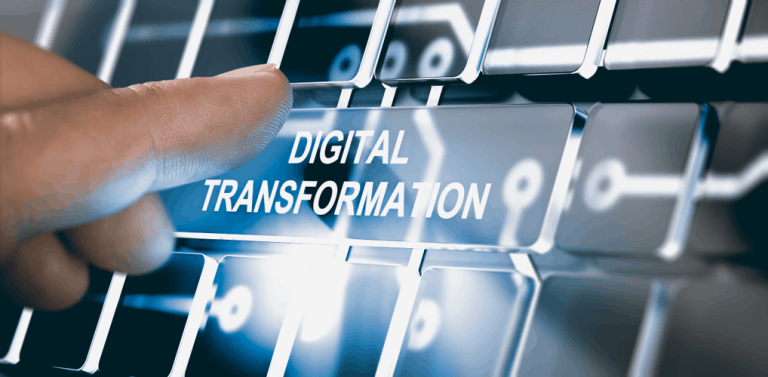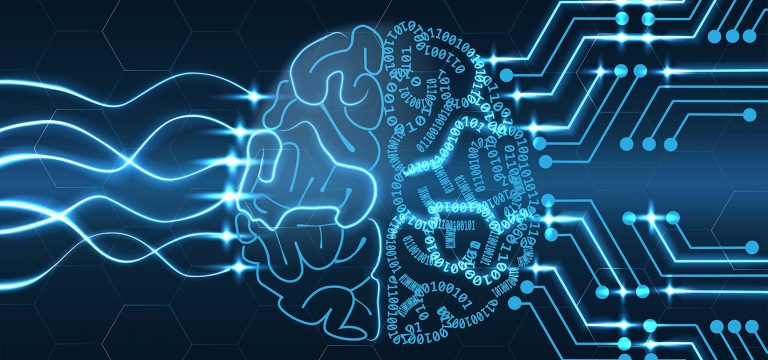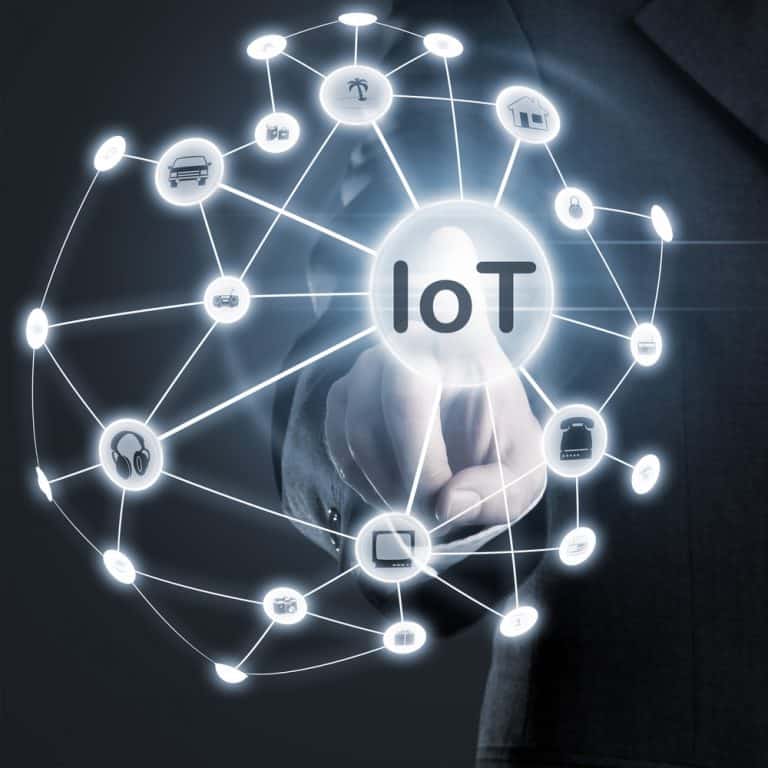Our Brain Trust is a circle of evangelists, big thinkers and passionate thought leaders we bring together to help shape the world of real-time, data-driven, actionable insights and decisions.
Think of it as the best conference panel you could imagine – a discussion with real takeaways that our enterprise audience can use to plot their digital transformation journey.
To join us, please contact our Editor in Chief Salvatore Salamone at [email protected].
Expert Articles
How to Ensure Data Quality as Data Quantity Skyrockets
Ensuring data quality throughout an organization helps companies get the most out of their GenAI initiatives.
By Mathias GolombekA Strategy for Conquering the Digital Maturity Pyramid
Achieving “digital maturity” requires incremental achievement at successive levels, just like climbing Maslow’s Hierarchy in your personal life.
By Bill WaidUnveiling the Future: The Convergence of Brain-Inspired AI and Supply Chain Dynamics
To fully realize the potential of brain-inspired AI, it is essential to recognize its profound impact on supply chains. With advancements in neuromorphic computing, the integration of cognitive agents and digital twins, and the advent of autonomous supply chain operations, organizations can reimagine their supply chains in unprecedented ways.
By Sumit MittalBaltimore Bridge Collapse: The Urgent Need for Real-Time Supply Chain Interoperability
Interoperability may be the key to enabling real-time supply chain end-to-end visibility, enhanced collaboration, and heightened customer satisfaction.
By Sumit MittalUnleashing Hidden Potential: Proactive Capacity Management with Advanced Analytics and AI in E-Supply Chains
By embracing innovative technologies and adopting a proactive approach to capacity planning, companies can optimize resources, improve operational efficiency, and deliver superior customer experiences.
By Sumit Mittal8 Steps to Achieving Effective Hyperautomation
Hyperautomation is here to stay, and businesses will need to learn how to leverage it fully to remain competitive in our increasingly digital world.
By Mathias GolombekCan the Real Web 3.0 Please Stand Up?
At its core, Web 3.0 is attempting to empower organizations and individuals by getting rid of centralization and intermediaries.
By Dr. Setrag KhoshafianBlockchain for Decentralized Autonomous Organizations (DAO): Covid-19 Impact
Cultural challenges impede organizations from becoming responsive, agile, or autonomic. Decentralized autonomous organizations (DOAs) can help address such issues.
By Dr. Setrag KhoshafianCovid-19 IT Challenges
The Covid-19 pandemic pushes many enterprises to re-consider their digital transformation and modernization initiatives, especially for automation.
By Dr. Setrag KhoshafianWhy CIOs are Turning to AI for Better Human Experiences
From automating mundane tasks to free up more time for IT workers to providing a simple, all-encompassing experience for users, AI is the key to simplification in the enterprise.
By Jeff AaronStrength in Partners: Implementing AI to Address a Global Pandemic
Call centers encumbered by worker questions and battling safe policies are turning to artificial intelligence (AI) technologies.
By Zachariah EslamiBlockchain for Master Data Management
Blockchain is essential for digital transformation. There is no other technology on the horizon that is decentralized, fault-tolerant, secure, and reliable for inter-Enterprise Master Data Management.
By Dr. Setrag Khoshafian3DP, Blockchain, IoT, & VSaaS Trends for Covid-19: Part II
Covid-19 is providing enormous challenges but also new opportunities to rethink collaborations involving different service providers to achieve end-to-end services involving different participants.
By Dr. Setrag Khoshafian2020 Trends and Challenges Impacted by Covid-19: Part I
The lockdown, interruption of supply chains, and the emergence of virtual work shifts are accentuating the need for innovation, entrepreneurship, and autonomy.
By Dr. Setrag KhoshafianAI Will Be The Most Powerful Tool for Real-Time Analytics
AI and machine learning are dependent on high-value data, which means IT departments need to have the proper visibility into what is happening on their networks.
By Jeff AaronFour Intelligent Automation Methodologies – One Objective
The methodologies are complementary, have commonalities, require different skills, and should be part of the overall meta-iterations within a concerted digital transformation effort.
By Dr. Setrag KhoshafianOvercoming the Barriers to Successfully Scaling AI
AI is becoming a technological norm to advance and modernize existing digital infrastructure, now the real question is, “what’s standing in my way?”
By Zachariah EslamiData Governance: Why It’s Fundamental and How to Implement an Effective Strategy
Knowing where data can be found, who has access to it, and how data is being used is fundamental when establishing effective data governance procedures.
By Mathias GolombekBlockchain Intelligence (AI) in Value Chains
AI is an integral part of Digital Process Automation, and the potential of AI optimizations for on-chain (Blockchain transactions) and off-chain data (IoT, customer, etc.) are tremendous.
By Dr. Setrag KhoshafianDPA Prioritization in Design Thinking
The Enterprise-In-Motion needs to encourage and promote design thinking initiatives.
By Dr. Setrag KhoshafianUnderstanding the Different Levels of Location Accuracy
Businesses are moving beyond basic applications to use IoT to better manage key business processes, such as their end-to-end supply chain.
By Fabio BelloniSmart Ways Your Company Can Make the Most Out of IoT
The ultimate goal of an IoT implementation is to make connected things simple and secure so that it generates real-time data that can be analyzed and used to create desired business outcomes.
By John DauskurdasHow to Successfully Adopt Fast Data: The Leader’s Guide
By processing data immediately as it arrives, businesses can better understand what customers want and need right now instead of yesterday, last month, or last year.
By Karthik RamasamyThe Next Challenge for API Management: Real-Time
30% of data will be real-time by 2025 making real-time API management critical for the successful deployment of event-based applications.
By Sean BowenCorner the Market: How AI and Quantum Computing will Revolutionize the Speed and Scale of Trading
Quantum computing processing power could cut AI model training exponentially, and increase the speed of informed decision making dramatically.
By Zachariah Eslami
